If you use a Search Engine Optimization (SEO) plugin such as Yoast SEO or Rank Math, you may already be familiar with the “SEO page title”. This element shows readers what to expect from the page in search results, and helps Google understand and index your content. Therefore, creating the perfect SEO page title is one of the best ways to attract new readers and boost your organic traffic.
In this guide, we’ll explain what an SEO page title is. Then we’ll explore how to optimize your titles for WordPress posts and pages.
What Is the SEO Page Title?
An SEO page title represents the name of a specific post or page. It might also include some extra information, such as your website’s name and the article’s category.
If you’re working with a WordPress SEO plugin such as Yoast, you can typically find this element by scrolling to the bottom of the post or page you’re working on. There, you can customize your title and add whatever you like to it.

This page title will appear in a few different places. For example, when users search for related content using Google or other search engines, they’ll see this title in the search results.
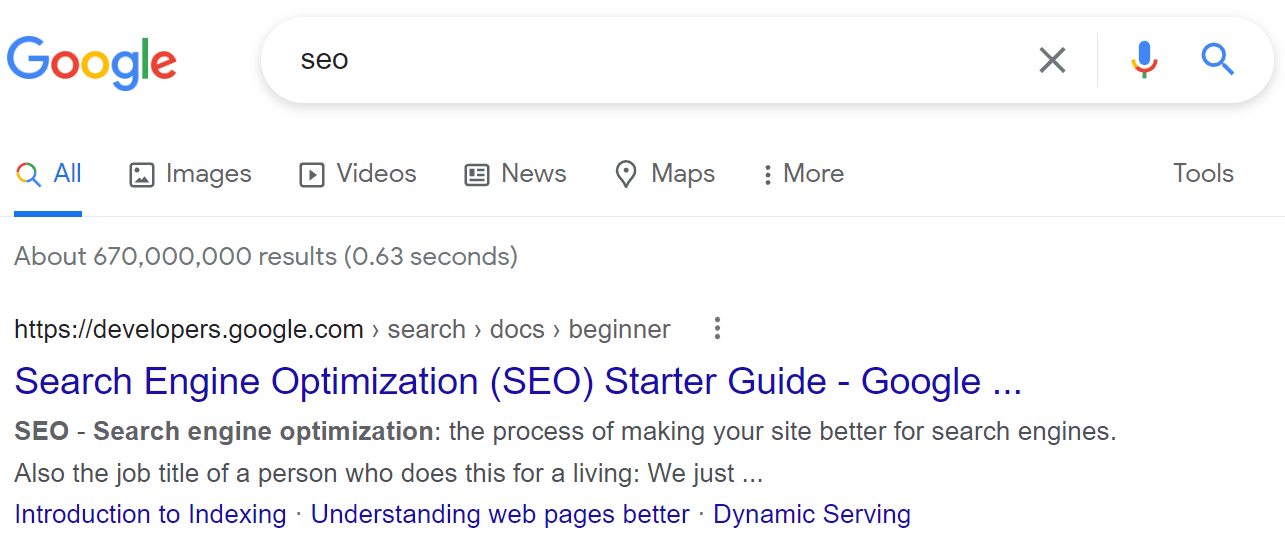
As long as it’s well optimized, this title shows readers what your content is about. As such, it can convince them to click on the corresponding link and visit your site.
Furthermore, SEO page titles help Google index your content. The search engine uses these titles (along with many other data points) to determine what each page is about and where it should be displayed in relevant search results.
The SEO title also shows up in visitors’ browser tabs. If you open any page and hover your mouse over this tab, you can see the SEO-optimized name.

For this reason, your SEO page titles can reinforce your site’s branding for readers. It can also help users locate your content quickly when they have multiple tabs open.
Finally, your SEO title will show up when you or your audience shares your content on social media sites. Therefore, it’s important to customize this title so it shows the most accurate and helpful name for the page or post it represents, regardless of where it is shared.
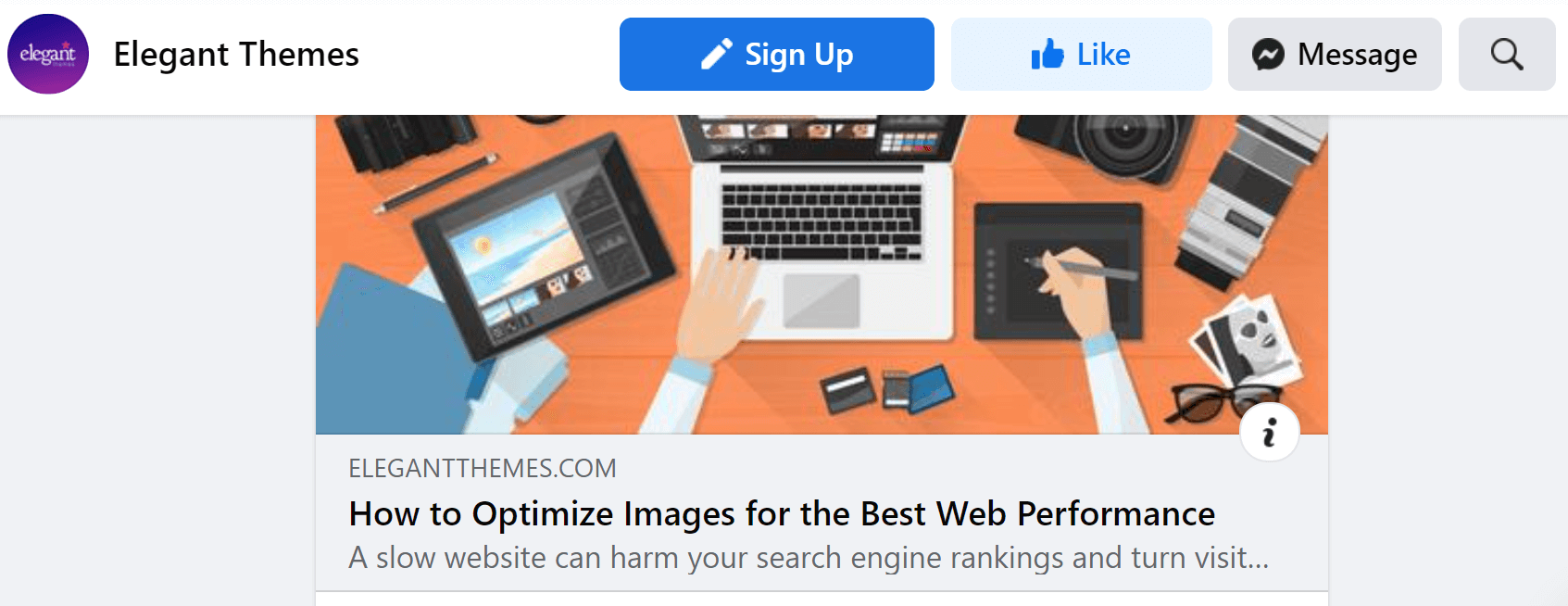
In other words, not all SEO page titles are equal. We’ll now look at a few good and bad examples to help you understand the different options available for your content.
Good Examples of SEO Page Titles
While there’s no “official” formula, a good SEO page title typically meets the following criteria:
- Is short enough to display fully in search engine results
- Contains information about the content, as well as the website’s name
- Includes keywords that are relevant to the article
- Uses exciting language and/or Calls to Action (CTAs)
- Is grammatically correct and easy to read
For example, the SEO title 6 Digital Marketing Strategies You Must Use effectively shows the article’s name and the website it belongs to. It also uses emotive language that entices the reader to click through:

This next title. 5 Essential Digital Marketing Tips for Beginners, makes the most of the available character limit, and conveys as much helpful information as possible. Furthermore, it includes the website’s name to demonstrate authority on the topic, as you can see below.

Effective SEO page titles can have different structures, depending on your site’s format and niche. Later in this article, we’ll explain how to craft an SEO title that works well for your unique content.
Bad Examples of SEO Page Titles
On the other hand, ineffective SEO page titles may exhibit the following characteristics:
- Too long, and gets cut off in the middle
- Too short, and doesn’t convey much information
- Boring language
- Typos and/or grammatical errors
- No relevant keywords
- Misrepresents or doesn’t accurately describe the content it leads to
For instance, the title 32 Best Digital Marketingn Tips for Startups and Small… is too long for search engines to display it correctly. Therefore, it gets cut off and hides some essential information from viewers.

In contrast, the title 5 Digital Marketing Tips for Your Business is too short. It also uses plain and vague language, making it hard to distinguish it from similar content on the same Search Engine Results Page (SERP).

These examples aren’t terrible, or guaranteed to scare searchers away. However, they aren’t optimal SEO page titles, either.
Most of your WordPress posts and pages will have many titles and headings. Each serves a distinct purpose when it comes to making your content readable and optimizing it for SEO.
The SEO page title is also known as a “title tag.” Behind the scenes, it is an HTML element that tells search engines how to display your content’s name. In some cases, people may also refer to this as a “meta tag”.
If you’re not using an SEO plugin, you can specify your content’s title tag manually within your post or page’s <head> section:

Just as we discussed above, this title tag specifies the name of your page or post in the following three places:
- Search engine results
- The browser tab
- Posts shared via social media
It’s important to understand that your SEO page titles or title tags are distinct from the “headings” that structure your content on the page. An H1 is the highest-level heading that you can display in your content, and it is typically the title shown at the top of the page or post:

An H1 is visible to your readers when they visit your content, and it belongs to the <body> section of the HTML code. It shows your audience what to expect from the content once they are already on your website. It’s possible (and often preferable) to have an H1 that is different from your SEO page title tag.
Keep in mind that there are other heading types, such as H2s and H3s. We recommend checking out our complete guide to WordPress headings to learn more about these essential features.
Best Practices for Creating Effective SEO Page Titles
We’ve already touched on what good and bad SEO page titles look like. Now, let’s explore some actionable tips to ensure that your titles deliver the maximum impact!
Stay Within the Character Limit
Typically, you’ll want to keep each page title between 50 and 60 characters. Google might show a longer post name if it displays your content at the very top of its search results. However, if your page or post ranks lower, a longer title might get cut off and hide essential information from potential readers.
Yoast SEO can let you know when your page title is too long or short. You simply need to scroll to the bottom of your post or page and insert the variables you’d like to include. You’ll see a progress bar that shows you if your title’s length is ideal or not.
For example, a full red progress bar shows that your page title is too long.

If you scroll further down, you’ll also see a warning message telling you that your page title is “wider than the viewable limit.”

We recommend keeping your page title as long as possible without exceeding that maximum character count. It may take some clever writing to make it fit, but the effort is definitely worth it.
Include Relevant Keywords
Your SEO page title provides an excellent opportunity to include keywords. These are phrases that users look for when they type requests into search engines such as Google.
Including relevant keywords in your page titles makes it more likely that people searching for content like yours will encounter your pages. As long as your content is valuable and matches the keywords you use, you’ll stand a better chance of converting those visitors into loyal audience members or customers.
When writing your content, you’ll likely have one or more primary keywords in mind. So all you need to do is include the most important term or phrase in your SEO page title. We also recommend placing this keyword as close to the start of the title as possible, to show readers and search engines that it’s highly relevant.
Use Calls to Action and Exciting Phrases
Using emotional language and Calls to Action (CTAs) can also boost your SEO page titles. These might be words or phrases that add excitement to your titles or inform readers about what to expect from the content.
For example, many optimized page titles use phrases such as:
- Best
- Top
- Ultimate guide
- Simple guide
- For beginners
Using these phrases can instantly take your titles from bland to exciting. This encourages searchers to click on them and read the rest of your content.
This is particularly important when you consider that there are likely many similar pages or articles out there already. Therefore, you’ll want to do everything you can to make yours stand out.
For example, compare these two titles:
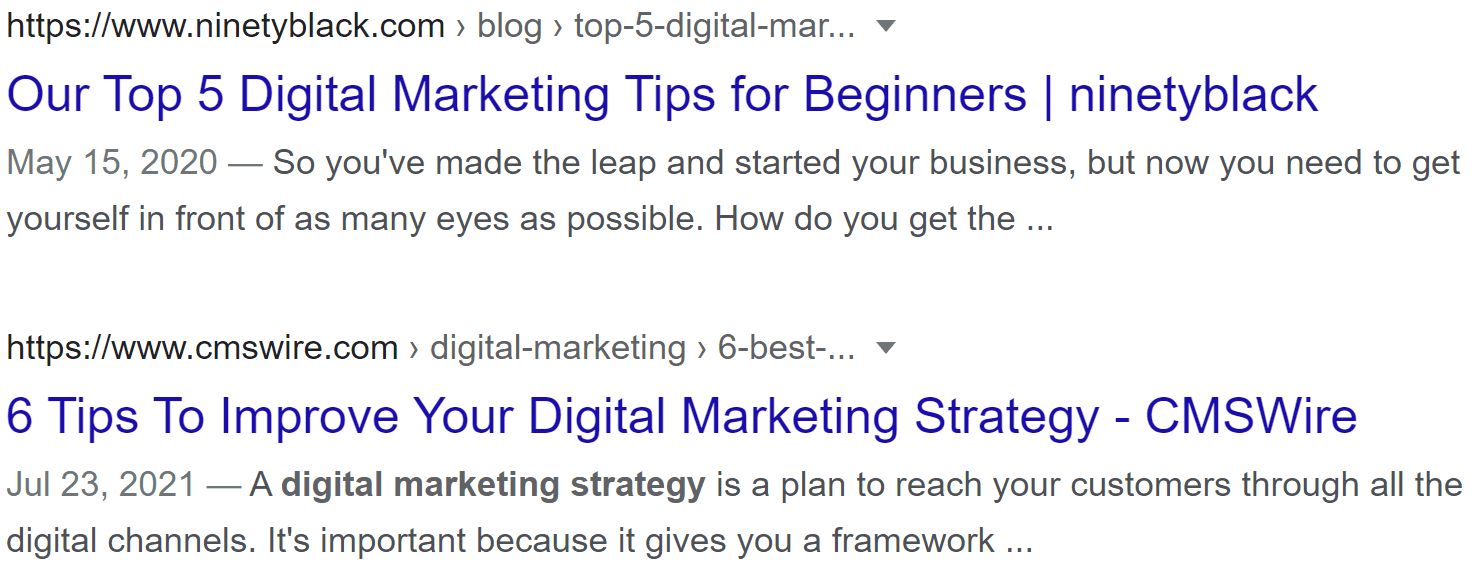
You can probably see that both articles will contain very similar subject matter. However, the first post has a more emotive and welcoming name. You can easily transform your titles using similar phrases and exciting words.
Consider Including Your Website’s Name
Your SEO title can include many variables. Typically, it will display your post or page’s name (at a minimum). However, you can also add other descriptive features.
We highly recommend including your website’s name in each SEO page title. It is an essential part of your business’ branding, and can even demonstrate your credibility to potential visitors.
If your website’s name is related to your content’s keywords, it might also convince readers that your article is more relevant than its competitors. For example, this SEO title shows that the site in question is an expert in the field of digital marketing:

We only recommend omitting your website’s name if your page title will otherwise exceed the character limit. In that scenario, you might consider shortening the post’s title or using a shortened version of your site’s name. For example, if you have a long name such as Call to Action Media Group, LLC that takes up a lot of space, consider using an abbreviation such as CTA Media in your SEO page title.
Conclusion
Using an SEO page title (also known as a title tag) can optimize your content for search engines and readers alike. Furthermore, it’s easy to create one of these titles by editing your page’s <head> section or using an SEO plugin.
You can craft the perfect SEO page title by including as much information as possible without exceeding the maximum page width. We also recommend using your website’s name, emotive language, and clear CTAs to encourage clicks. Finally, inserting relevant keywords into your title tags can help search engines rank your pages and posts more effectively.
What is your strategy for crafting the perfect SEO page title? Let us know in the comments section below!
Featured image via BestForBest / shutterstock.com

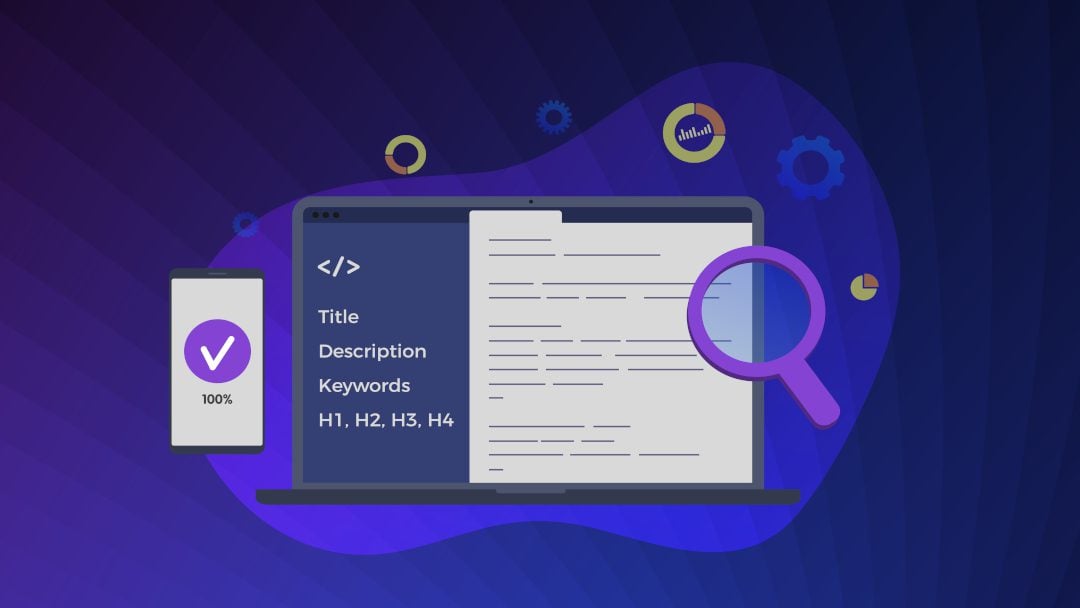






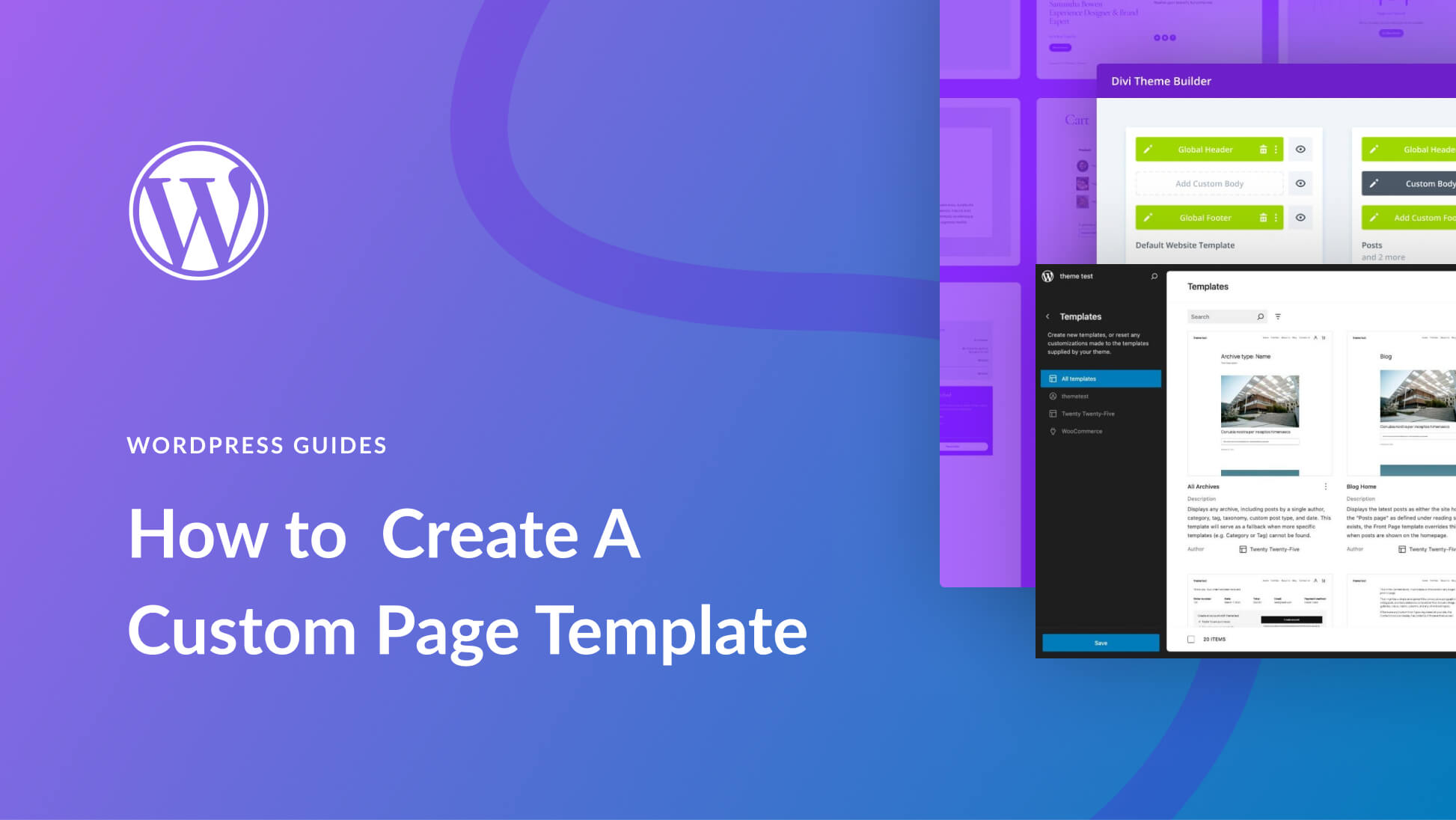
Can a too long title harm my blog’s SEO in terms of Google? Or it may just result in a lower CTR? My blog posts title is within 60 characters, but when my website’s name is added to it, it is longer.